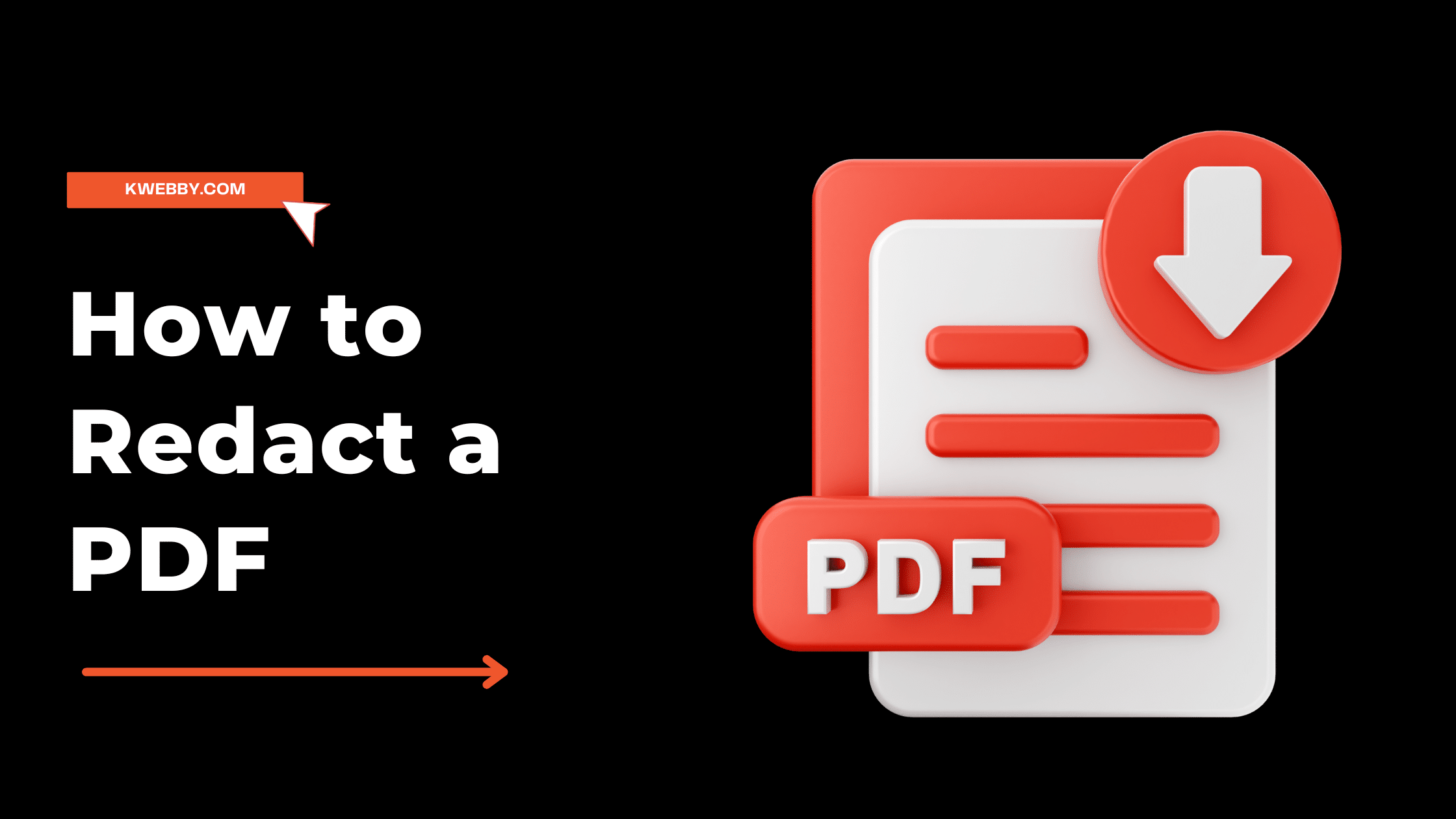
How to Silence Notifications on your Mac (2 Easy Method)
Choose Your Language:
When you’re in the zone, working away on your Mac, the constant barrage of notifications can be a real disturbance. It’s all too familiar – you’re deep in concentration, and suddenly, the sound of an incoming notification disrupts your flow. To maintain high productivity levels and minimize interruptions, disabling notification sounds on your Mac is crucial.
In this guide, we’ll explore four practical methods to effectively silence notifications on your Mac. This includes leveraging the Focus feature introduced in macOS Monterey to mute notifications efficiently. This way, you can achieve better work efficiency by reducing interruptions and keeping annoying notifications at bay.
Our tutorial aims to help you manage notifications, enabling you to work undisturbed.
Also Learn, How to Screen Record on Mac (3 Amazing Tools)
1 How to mute notifications on Mac using Do Not Disturb
1.1 Step 1: Access the Control Center

To begin silencing notifications on your Mac, first, locate the Control Center icon in the top right corner of your Mac’s menu bar.
Alternatively, You can press CMD + Spacebar and search for “Control Center“.
Click on the Control Center to open it. This action is your gateway to various system settings, including the Do Not Disturb feature, which plays a significant role in helping you silence notifications efficiently.
1.2 Step 2: Enable Do Not Disturb

Within the Control Center, look for the moon icon, which represents the Do Not Disturb function. Clicking on this moon sign will activate Do Not Disturb, instantly silencing calls, notifications, and alerts, thus allowing you to focus on your work without interruptions.
If the moon icon is not visible, you need to adjust your system preferences to make it appear. Navigate to System Preferences > Dock & Menu Bar > Show in Menu Bar. After these adjustments, the moon sign should be visible in the menu bar, ready for you to use.
1.3 Adjusting Do Not Disturb Duration

By default, enabling Do Not Disturb will silence notifications on your Mac for a 24-hour period. However, for those who require a shorter duration, the system allows adjustment to minimize distractions for as short as one hour.
This feature is particularly useful for individuals looking to focus deeply on tasks without permanently altering their notification settings.
By following these steps, you can easily manage notifications on your Mac, ensuring a productive environment by minimizing annoying notifications.
2 How to mute notifications on Mac using the Focus mode
2.1 Step 1: Access System Settings through the Apple Menu

Begin by clicking on the Apple icon located in the top left corner of your screen to open the `System Settings` panel.
2.2 Step 2: Navigate to Notifications & Focus

Within the System Settings window, look for and select the `Notifications & Focus` option. You will see two columns titled Notifications and Focus. Click on `Focus` to proceed.
2.3 Step 3: Customize Your Focus Status

In the Focus settings panel, you’ll notice multiple customization options. Start with the left column under Do Not Disturb or add a new focus status by clicking on the plus button.
You can create specific statuses for various activities like gaming, working, or reading, enabling you to silence notifications selectively based on what you’re doing.
2.4 Step 4: Adjust Allowed Notifications

“Allowed Notifications From,” allows important contacts to reach you or ensure that notifications from selected apps always come through.
2.5 Step 5: Tailor Notification Options
Click on `Options` to access more detailed settings, where you can choose to allow or block notifications for particular situations. These include options for time-sensitive notifications and repeated calls, ensuring that you don’t miss urgent messages while still maintaining focus on your tasks.
2.6 Step 6: Automate Focus Mode
The Focus feature allows you to set automation for when Focus mode activates or deactivates based on certain conditions like time, location, or app usage.
By selecting “Turn On Automatically” and using the add or remove buttons, you can ensure that your Mac automatically adjusts notification settings to suit your current situation, be it working hours or being at a specific location.
Remember, thanks to the integrated Apple ecosystem, you can extend your custom Focus settings to your iPhone, iPad, and Apple Watch. Just check the “Share across devices” option to maintain consistency in how notifications are managed across all your devices.
Sharing your focus status can also inform others when you’re concentrating on a task, making collaboration smoother. These steps guide you through configuring Focus mode to silence notifications on your Mac effectively, offering a seamless way to manage distractions and enhance productivity.
3 How to mute notifications on Mac using the Notification Center
When specific apps become too intrusive with their alerts, the Mac Notification Center offers a straightforward solution for silencing these interruptions without the need to dive deep into system settings.
Here’s how you can quickly mute notifications from a single app, enhancing your productivity and reducing unwanted disturbances.
3.1 Step 1: Access the Notification Center

Begin by clicking on the Notification Center icon located in the top right corner of your screen. This action reveals the Notification Center panel, which houses a list of recent alerts and notifications from various applications.
Accessing the Notification Center is the first step towards managing your notification preferences efficiently.
3.2 Step 2: Select the Annoying Application

Within the Notification Center, you will see notifications grouped by application. Identify the app whose notifications you wish to silence.
3.3 Step 3: Mute App Notifications

Right-click on a notification from the application you want to manage. A context menu will appear with options to “Mute for 1 hour,” “Mute for today,” or “Turn off completely.”
Choosing one of these options allows you to temporarily mute or permanently disable notifications from the selected app, giving you control over what information demands your attention.
By silencing notifications from particular apps through the Notification Center, you can ensure that your Mac only delivers notifications that are relevant and important to you.
4 More Mac Resources
- How to View Clipboard History (Android, iOS, Windows & Mac)
- How to check if MySQL is installed on Mac (4 Easy Methods)
- How to Fix CoreServicesUIAgent Won’t Close on Mac (8 Methods)
- How to write, add text on PDF on a MAC
- Error: EACCES: permission denied on your Apple macOS (Fixed)
5 Conclusion
In conclusion, mastering how to silence notifications on your Mac serves as an essential strategy for fostering a digital environment that promotes productivity and minimizes distractions. By utilizing the Notification Center and System Preferences, you can tailor your notification settings to align with your personal or work-related focus modes, ensuring that only the most critical alerts receive your attention.
From muting app notifications on an app-by-app basis to disabling notifications entirely for specific apps, macOS provides the flexibility to customize alert styles, manage notifications, and even share focus status across devices for integrated concentration.
Whether you’re aiming to hide alerts temporarily or establish a long-term silent notifications regime, the tools offered by macOS, including the focus feature and the control center icon in the menu bar, allow for a seamless adjustment of notification sounds, pop-up notifications, and app notifications.
By effectively managing your notification settings, you empower yourself to maintain focus, reduce annoying notifications, and enhance your overall digital experience on the Mac.
Remember, in the realm of productivity, taking control of your notifications is a pivotal step towards creating a distraction-free environment that caters to your individual needs, enabling you to achieve your personal and professional objectives with greater efficiency.




